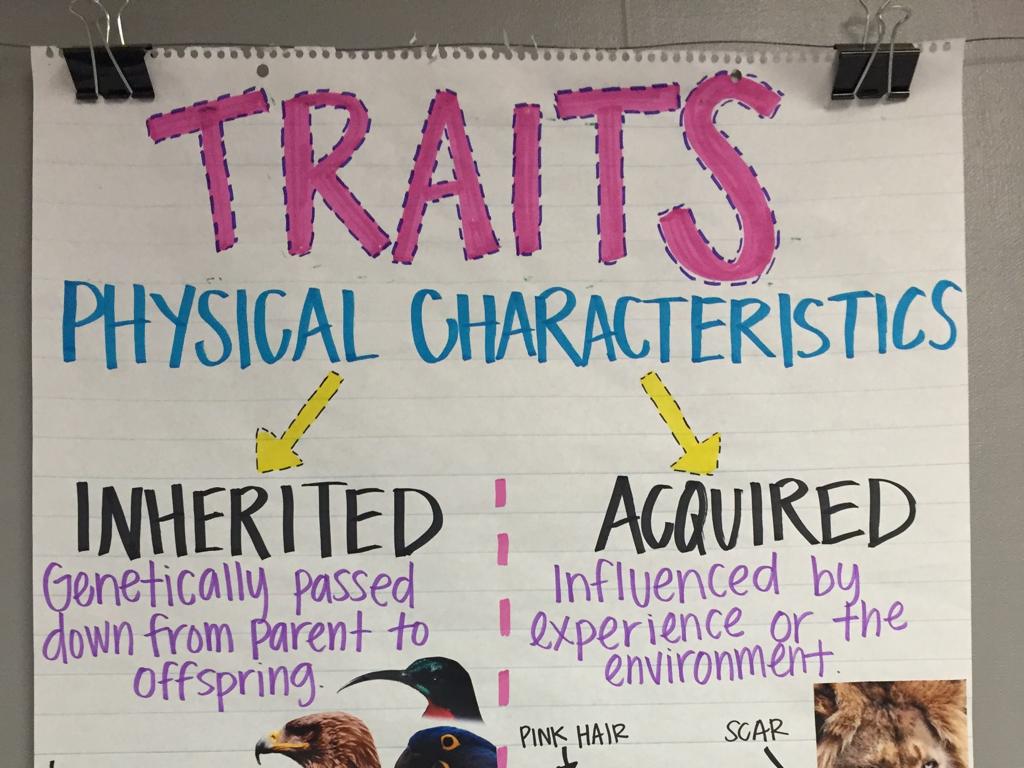Biodiversity And Human Impacts
Subject: Science
Grade: High school
Topic: Biology
Please LOG IN to download the presentation. Access is available to registered users only.
View More Content
Welcome to Biodiversity: Life’s Rich Tapestry
– Defining Biodiversity
– The variety of life in all forms, levels and combinations
– Biodiversity’s Components
– Includes ecosystem, species, and genetic diversity
– Biodiversity’s Value to Humanity
– Provides ecosystem services, resources, and balance
– Threats to Biodiversity
– Human activities like deforestation impact biodiversity
|
This slide introduces the concept of biodiversity, emphasizing its definition as the variety of life in all its forms and levels of organization, including the diversity of ecosystems, species, and genetics. Highlight the importance of biodiversity in providing essential ecosystem services, resources for survival, and maintaining ecological balance. Discuss how human actions, such as deforestation, pollution, and climate change, pose significant threats to biodiversity. Encourage students to think critically about how human well-being is intertwined with the health of our planet’s ecosystems and the vast array of life they support.
Exploring Levels of Biodiversity
– Genetic Diversity: Biodiversity’s foundation
– Genetic variation within a population, crucial for adaptation and survival.
– Species Diversity: Variety within habitats
– The number of different species and the balance between them in an ecosystem.
– Ecosystem Diversity: Range of habitats
– Different ecosystems like forests, oceans, and deserts, each with unique characteristics.
– Significance of each diversity level
– Each level supports the others, maintaining balance and resilience in nature.
|
This slide aims to educate high school students on the three fundamental levels of biodiversity: genetic, species, and ecosystem diversity. Genetic diversity refers to the variety of genes within a species, which is essential for a population’s ability to adapt to changing environments and for long-term survival. Species diversity is the measure of different species within a particular region, contributing to the ecosystem’s health and stability. Ecosystem diversity encompasses the various types of habitats, communities, and ecological processes in the biosphere. Understanding the significance of each level of biodiversity is crucial for recognizing the impact of human activities on the environment and the importance of conservation efforts. Discussions can include how these levels of diversity contribute to the resilience of ecosystems and how they are threatened by factors such as habitat destruction, pollution, and climate change.
Measuring Biodiversity: Richness & Evenness
– Species Richness vs. Evenness
– Richness: number of species; Evenness: distribution of individuals among species
– Quantitative Measures’ Value
– Quantitative data allows for objective comparison and tracking changes over time
– Biodiversity Assessment Tools
– Use of quadrats, transects, and biodiversity indexes like the Shannon index
– Methods for Biodiversity Study
– Field surveys, remote sensing, and genetic analyses are key methods
|
This slide introduces the concept of measuring biodiversity through species richness and evenness, highlighting the importance of quantitative measures in biology. Species richness refers to the number of different species in a given area, while species evenness measures how evenly the individuals are distributed among those species. Emphasize the value of quantitative data in providing a baseline for comparison and in monitoring biodiversity changes due to human impact or natural events. Discuss various tools such as quadrats and transects for in-field assessments, as well as indexes like the Shannon index for a more mathematical approach. Additionally, cover methods including field surveys, remote sensing technology, and genetic analyses to study biodiversity. This slide sets the stage for understanding how scientists assess the health and variety of ecosystems.
Human Impacts on Biodiversity
– Habitat destruction impact
– Deforestation leads to loss of species homes
– Pollution’s role in ecosystems
– Toxins in water and air can harm plants and animals
– Climate change and species loss
– Rising temperatures threaten diverse life forms
– Overexploitation of natural resources
– Excessive hunting and fishing deplete populations
|
This slide aims to highlight the major ways in which human activities are impacting biodiversity. Habitat destruction, often due to deforestation and urbanization, leads to the fragmentation of ecosystems, making it difficult for species to survive and reproduce. Pollution, including chemical runoff, plastic waste, and air pollution, affects the health of both terrestrial and aquatic ecosystems. Climate change, driven by global warming, results in habitat loss, altered weather patterns, and increased extinction rates. Lastly, overexploitation through activities such as overfishing, hunting, and resource extraction puts immense pressure on species and can lead to their decline or extinction. It’s crucial to discuss the interconnectedness of these issues and the importance of sustainable practices to mitigate these impacts.
Conservation Efforts to Protect Biodiversity
– Protecting endangered species
– Species at risk of extinction need legal protection and recovery plans.
– Roles of conservation organizations
– Groups like WWF and IUCN work globally to preserve natural habitats.
– Individual actions for biodiversity
– Personal choices can reduce our ecological footprint and aid conservation.
– Impact of protection laws
– Laws like the Endangered Species Act prevent species from vanishing.
|
This slide aims to educate students on the various efforts made to conserve biodiversity, including the protection of endangered species through legislation, the pivotal roles played by conservation organizations, and the significant impact of individual actions. Discuss the Endangered Species Act and other protection laws, highlighting how they prevent human activities from further endangering species. Explain the global efforts of organizations like the World Wildlife Fund (WWF) and the International Union for Conservation of Nature (IUCN) in habitat preservation and species protection. Emphasize the power of individual actions such as reducing waste, supporting sustainable products, and participating in local conservation initiatives. Encourage students to think about how their behaviors can contribute to a larger conservation effort and the importance of these actions in maintaining the planet’s biodiversity.
Class Activity: Biodiversity Survey
– Conduct schoolyard biodiversity assessment
– Record various species identified
– Discuss human impact on species
– Consider effects like habitat destruction, pollution, and climate change
– Reflect on biodiversity importance
– Why is protecting biodiversity vital for our ecosystem?
|
This class activity is designed to engage students in a hands-on learning experience about biodiversity right in their schoolyard. Students will work in groups to explore different areas of the school grounds, identifying and recording the variety of plant and animal species they find. This activity will help them understand the concept of biodiversity and its significance. After the survey, lead a discussion on how human activities such as construction, pollution, and global warming could threaten the species they found. Encourage students to think critically about the role humans play in both harming and protecting biodiversity. Possible activities include creating a species map, researching local endangered species, or starting a conservation project. This exercise aims to foster a sense of stewardship for the environment among students.





